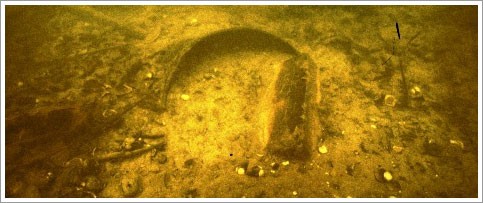Underwater Refuse Sites

Sites in this category represent accumulations of refuse associated with prehistoric or historic waterfront cultural activities. Discarded materials from coastal or riverine settlements, commerce areas, or anchorages represent underwater "garbage dumps" that settled on the bottom and became buried over decades and even centuries. Many refuse sites contain clues to maritime trade and may provide evidence of the origin and types of imported items and the various ports along the trading route. Landing areas also may contain information about exported items and their local context. For example, Fort San Marcos on the St. Marks River has underwater refuse that reflects its importance as a major port in North Florida since the 1600s. Many of Florida's harbors, such as Pensacola Bay, contain anchorage middens of artifacts deposited by generations of sailors on ships that anchored in the same areas over hundreds of years.
The Hontoon Island and Ponce de Leon Springs sites along the St. Johns River represent excellent examples of prehistoric underwater refuse dumps. Both have produced well-preserved stone, bone, shell, and wood artifacts as well as the preserved remains of edible plants and other signs of prehistoric human diets. The information gathered from these types of sites often provides archaeologists with important clues about prehistoric and historic lifeways.

